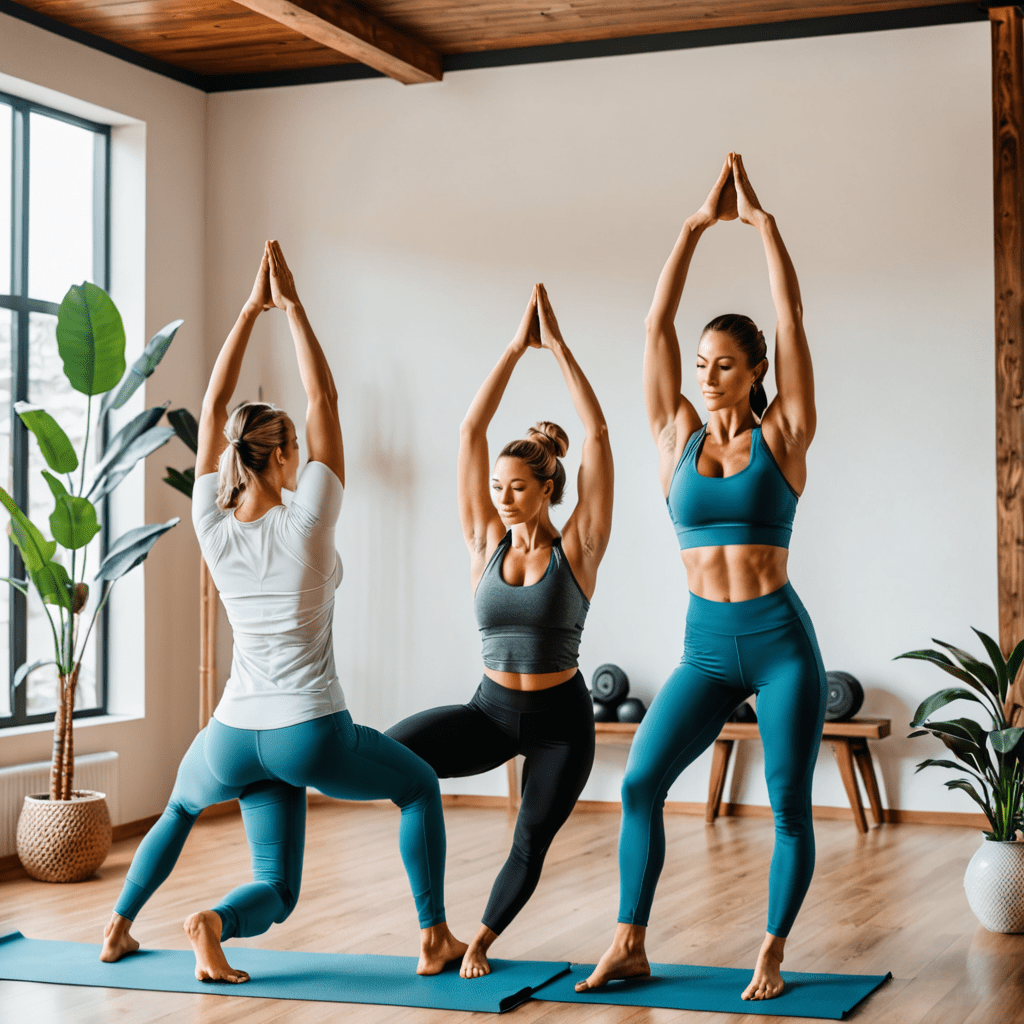1. Introduction
1.1 The Power of Posture
In a world where first impressions matter, good posture can be your secret weapon. It can project an air of confidence, authority, and professionalism, setting the stage for success in your career. But it's not just about appearances; good posture has a significant impact on your overall health and well-being, too.
1.2 Benefits Beyond the Surface
Good posture can have a profound impact on your physical health. Maintaining a proper alignment reduces strain on your muscles and joints, which can prevent pain and discomfort. Additionally, good posture improves circulation and lung capacity, boosting your energy levels and overall vitality.
1.3 Standing Tall for Success
The connection between posture and career advancement is undeniable. When you stand tall with good posture, you appear more confident, capable, and trustworthy to your colleagues, supervisors, and potential clients. This can open doors to new opportunities, promotions, and increased influence in your field.
6. Ergonomics and Posture
Ergonomics is the science of designing the workplace to fit the worker, and it plays a crucial role in maintaining good posture. A poorly designed workspace can contribute to slouching, neck strain, and back pain. Here are some tips for creating an ergonomic workspace:
- Chair: Choose a chair with adjustable height, lumbar support, and armrests. Make sure your feet are flat on the floor or on a footrest.
- Desk: Your desk should be the right height so that your elbows are bent at a 90-degree angle when you type. Your keyboard and mouse should be within easy reach.
- Computer monitor: Position your monitor directly in front of you, with the top of the screen at eye level.
- Breaks: Take regular breaks to stand up and move around. Stretch your muscles and walk around the office.
7. Exercises for Improved Posture
Improving your posture takes time and effort, but it's well worth it. Here are some simple exercises you can do to strengthen your core muscles and improve your flexibility:
- Wall stands: Stand with your back flat against a wall, with your heels, buttocks, shoulders, and head touching the wall. Hold this position for 30 seconds to a minute.
- Chin tucks: Sit or stand tall with your shoulders relaxed. Gently tuck your chin down towards your chest, hold for a few seconds, and then release. Repeat 10 times.
- Shoulder rolls: Sit or stand tall with your shoulders relaxed. Slowly roll your shoulders forward in a circular motion, then backward. Repeat 10 times in each direction.
- Plank: Start in a push-up position with your forearms on the floor and your body in a straight line. Hold this position for as long as you can.
8. Yoga and Pilates for Posture Correction and Strength
Yoga and Pilates are excellent forms of exercise for improving posture, flexibility, and core strength. These practices focus on aligning the body and strengthening the muscles that support good posture. Look for yoga or Pilates classes in your area or find online videos to follow.
9. The Importance of Regular Physical Activity for Overall Well-being
Regular physical activity is essential for maintaining good posture and overall health. Aim for at least 30 minutes of moderate-intensity exercise most days of the week. This could include brisk walking, jogging, swimming, biking, or any other activity you enjoy.
10. FAQs
Q: How can I tell if my posture is good?
A: There are a few simple ways to check your posture. Stand with your back against a wall, with your heels, buttocks, shoulders, and head touching the wall. If there is a space between your lower back and the wall, your posture needs improvement. You can also ask a friend or family member to take a picture of you from the side to see if your alignment is correct.
Q: What are some common posture problems?
A: Some common posture problems include slouching, rounded shoulders, forward head posture, and swayback. These problems can be caused by a variety of factors, including poor ergonomics, lack of exercise, and stress.
Q: What are some tips for maintaining good posture throughout the day?
A: Here are some tips for maintaining good posture throughout the day:
- Be mindful of your posture. Check your alignment regularly and make adjustments as needed.
- Take breaks to stand up and move around.
- Stretch your muscles regularly.
- Exercise regularly.
- Create an ergonomic workspace.
- Use a posture corrector.


